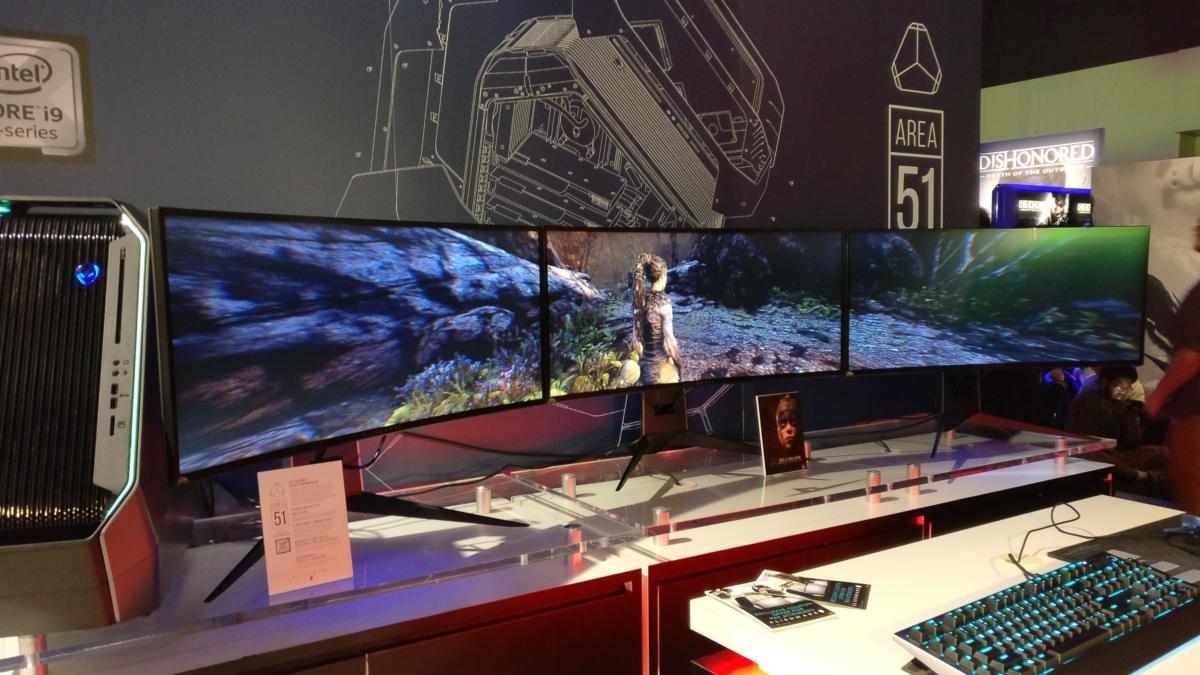


- #Best monitor calibration hardware 2017 how to
- #Best monitor calibration hardware 2017 install
- #Best monitor calibration hardware 2017 driver
- #Best monitor calibration hardware 2017 professional
- #Best monitor calibration hardware 2017 download
The VP2771 uses an IPS panel with a resolution of 2560x1440 and a 16:9 aspect ratio. Lastly, users will be able to adjust six primary colors: red, green, blue, cyan, magenta, and yellow. Additionally, an integrated color uniformity function claims to deliver consistent chromaticity across the screen. The VP2771 also utilizes a 14-bit 3D LUT capable of generating up to 4.39 trillion colors. The aforementioned color calibration is intended to deliver accurate reproduction across all color spaces including sRGB, EBU, SMPTE-C, Rec.709, and DICOM-SIM. The higher the dE value, the greater the distance is between the two samples, producing a more observable dissimilarity. The idea, although somewhat unempirical, is that a dE value of 1.0 is the smallest perceptible difference the human eye can see. For those who may be unversed in color science, Delta E is the standard metric that quantifies the difference between a primary (source/input) and secondary (reproduced) color. As such, the VP2771 claims a precise, factory calibrated Delta E ≤2 value.
#Best monitor calibration hardware 2017 professional
Following BenQ’s announcement of their newest flagship photography monitor, the ViewSonic VP2771 also wishes to be the display of choice for professional users residing in the realm of photo and video editing, modeling, graphic design, and other content creation.Ī common thread shared between both displays is the vowed color accuracy and uniformity, on which color-critical work is no doubt dependent. If you need help identifying which display is which, click “Identify monitors” and numbers will appear on all you displays.ViewSonic has made public the existence of their new WQHD 27” professional monitor, the VP2771. If you don’t, it should automatically select your one and only display.

Select the device you want to calibrate from the “Device” box if you have multiple displays connected to your PC. On Windows 7, 8, or 10, open the Start menu, search for “Color Management”, and launch the Color Management shortcut.
#Best monitor calibration hardware 2017 install
Once you have an ICC or ICM file, you can install it in Windows.
#Best monitor calibration hardware 2017 how to
How to Install a Color Profile on Windows It also stresses that these are starting points if you’re looking for perfectly accurate colors, as your display may look a little different depending on your graphics card. The database stresses that these ICC profiles should be used along with the OSD settings displayed on the page, which you need to set with your monitor’s buttons. For example, TFT Central maintains a database of ICC files for different displays. Performing a web search for the model name and number of your monitor along with “ICC” or “ICM” or “color profile” may find you a profile. You can also find them on enthusiast websites. Not all manufacturers will provide these files.
#Best monitor calibration hardware 2017 download
If you download and extract that package, you may find a.
#Best monitor calibration hardware 2017 driver
You may also see a larger monitor driver package or a. Head to the download page for your specific display model on its manufacturer’s website. First, you may find an ICC or ICM file on the display manufacturer’s website. There are two places you’ll find color profiles online. If something seems off or you’re working with photography and graphic design and you need more accuracy, this can help. If you’re happy with your display’s colors, there’s no need to do this. For everyone else, installing an ICC file can help you make your display’s colors more accurate without needing any specialized hardware. iCM files on either Windows or macOS.Ī serious professional will want dedicated display calibration hardware for the most accuracy possible.

These files are basically identical, and you can install. ICC stands for International Color Consortium and originated at Apple, and ICM stands for Image Color Management and originated on Windows. These are sometimes provided by the monitor’s manufacturer, and custom color profile files are often available on hobbyist websites that promise better color calibration than the manufacturer settings. In addition to modifying your display’s colors using its on-screen display-that is, the buttons and overlay on the monitor itself that allow you to adjust color settings-it may be helpful to install a color profile. RELATED: How to Calibrate Your Monitor on Windows or Mac But, for professional photographers, and graphics designers, accurate colors are very important. Different monitors may even have slightly different colors depending on the graphics card in the computer they’re connected to. Not all computer monitors look identical.


 0 kommentar(er)
0 kommentar(er)
